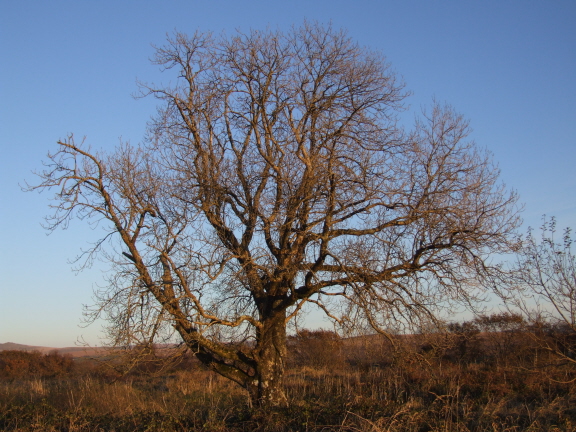Had I realised how tricky this was
going to be I probably would not have committed myself to trees
through the season which, inevitably, has to rely on photographs
taken in previous years without a thought for this project.
There should be lovely pictures of
rufus red leaves breaking out opaque bud covers (simply because these
have had no change to start the photosynthesis which produces the
chlorophyll which then gives the leaves their green colour).
The only picture I have that really
shows this is of the sumac outside the kitchen door at The Hermitage
and it is, therefore, a bit of a cheat.
Now these are young beech leaves which,
because their bud covers are translucent, leap into the world the
most gorgeous delicate green imaginable. Had I known I was going to
write this blog I would have taken a picture in a beech woods looking
up into the canopy just as the buds burst open to reveal these lovely
leaves.
Where would spring trees be without
flowers? This cherry stands – with others – in the churchyard of
St Eustachious in Tavistock but the glory is short lived. Already the
ground is carpeted in petals and within a few days they will all have
fallen.
Blackthorn is a great delight: the
flowers come out before the leaves but beware the long black thorns,
the tips of which can break off so easily and are the very devil to
prise out of the careless finger – thorns that will happily scoff
at most gardening gloves.
Here is a photograph I took many years
ago. It was this old, snow-covered blackthorn growing by the O Brook where the road
crosses Saddle Bridge on Dartmoor that gave Marcia the name for the
bridge leading to The Grange in The Dipper. Sadly,
the blackthorn has long since washed away. I must admit this is not a
spring picture: it was definitely winter and Marcia looks suitably
bundled up against the cold.
Hawthorn – otherwise known as May –
flowers after the leaves have appeared and somewhat later than the
blackthorn. Does the old saying, “cast not a clout till May is out”
refer to the hawthorn or to the month? The reason there are two
pictures above is that Marcia and I couldn't decide which one to use
so it seemed easiest to use both. Both are on Dartmoor – the one
with the railings is at Venford Reservoir and the other on the open
moor on Shapley Common.
This close up of the hawthorn flowers
gives you some idea of how quickly things change when they get going.
Some of the flowers have yet to open and others, having done their
job, have already lost their petals.
Before we leave trees I thought I would
include this avenue of copper beeches. They go nowhere and I have no
idea why they were planted there but quite pleased that they were.
This weeks butterfly is a Silver-washed
Fritillary Argynnis paphia. I
forgot to give you the name last week: it was a Small Tortoiseshell
Aglais urticae. I am
only giving you the Latin names in case they are called something
else where you live. In both cases I may have identified them
incorrectly as this is noy an area in which I am at all expert.
The Blog Dog of the
week is called Amber.




























